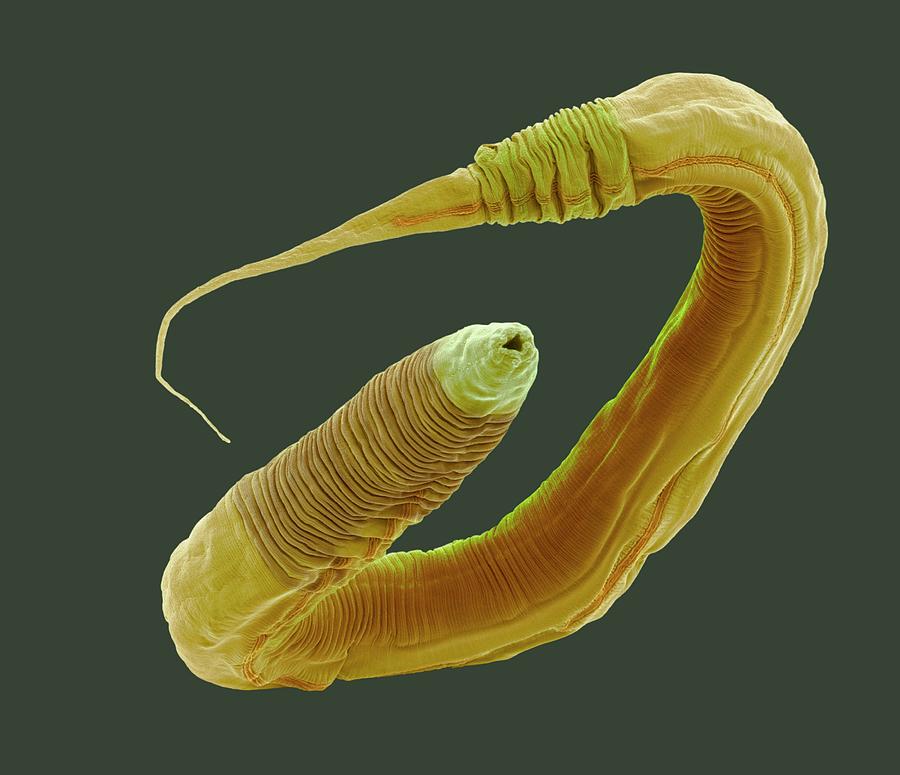Roundworms Can Live Longer Thanks To A New Experimental Strategy

Researchers working in the field of the aging study reported a unique experimental strategy that reduced the pace of physical decline and increased the lives of roundworms called C. elgans. These worms are often employed in biological investigations. Their results were published in the scientific journal Nature Aging, which is published by the Springer Nature group, in the issue of December 30.
As part of the research that they are doing on how to live a longer life, their team is interested in finding methods to directly affect the activity of mitochondria. The mitochondria in a live cell serve as the cell’s energy generators. Among the numerous crucial roles that they perform, one of the most important is in the process of cellular respiration and the creation of energy.
The mitochondria deteriorate with the passage of time. In addition, as time passes, worms, humans, and other creatures start to show indications of becoming older, such as difficulties moving and other symptoms of aging. Because of their relatively short lifespan—only two to three weeks on average—roundworms are often used in research on the aging process. This indicates that study findings may be achieved rather fast in most cases.
What does the study investigate?
The researchers who worked on this most recent study sought to find out more about the role that mitochondrial malfunction plays in the aging process of roundworms and whether or not part of this decline may be slowed down or even reversed. The organelles known as mitochondria are protected by a double membrane. The innermost layer is accordion-pleated for added texture. In earlier modeling experiments carried out by other researchers, it was revealed that the voltage potential over the inner membrane gradually decreased with increasing age.
The reason for this is a significant mystery in the field of study on aging. Many of the necessary functions of these cellular organelles are driven by the potential across the mitochondrial membrane. A decrease in the potential across the mitochondrial membrane is an intriguing possible explanation for the various dysfunctions associated with aging. On the other hand, it is not entirely obvious whether a decrease in the voltage potential of the mitochondria is a cause or a result of the aging of cells.
The scientists used a method known as optogenetics, which involves the channeling of light to precisely regulate a biological activity inside of a cell. This was done in an effort to accomplish the challenging aim of verifying causality. Using an instrument known as the “mitochondria-ON.” they were able to precisely raise the mitochondrial membrane potential in the cells of adult roundworms.
Roundworms have bodies that are translucent, and under a microscope, all of their cells can be seen moving about. These are both traits that lend themselves well to this strategy. During the growth of the juvenile worm populations that were to be used in this research, they were shielded from light and maintained in complete darkness until Day 1 of their maturity. After that, they were put in the position to experience the experimental circumstances.
The scientists were able to reverse some of the age-related signs of aging in their 3 distinct strains of roundworms and increase the lifespan of the treated worms in a way that was reproducible when compared to the other ones. This was accomplished by rejuvenating the mitochondrial membrane potential of the roundworms using the optogenetics method. They were capable of showing that only increasing the amount of mitochondrial membrane throughout adulthood via the use of an experiment that harnesses the energy of light is sufficient to slow down the aging process.
As they become older, roundworms, much like humans, often have a harder time moving about. Even though the worms were becoming older, the mitochondria-ON activation resulted in an increase in their rate of thrashing when they were immersed in liquid. These findings, the researchers added, tend to imply that age-related physiologic deterioration in the roundworms may be alleviated by directly reversing the decrease of mitochondrial voltage potential that happens with the advancement of age.
0 comments